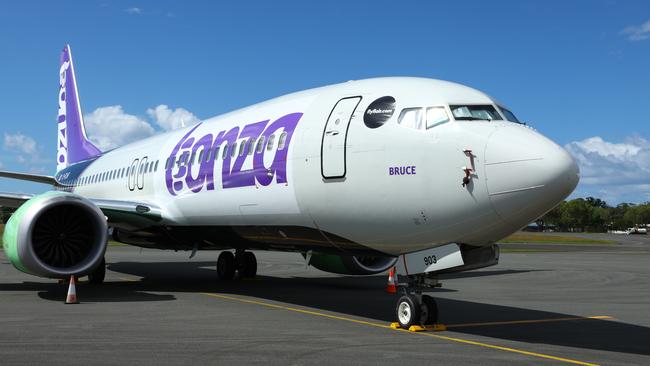Australian insolvency rates on track for worst period since Global Financial Crisis
Business failures are tracking at the highest rates since the aftermath of the Global Financial Crisis as deteriorating economic conditions damage the fortunes of many companies.

Business failures are tracking the highest rates since the aftermath of the Global Financial Crisis as deteriorating economic conditions coupled with poor consumer spending and interest rate pressures damage the fortunes of many companies.
And insolvency experts predict that company failures are set to keep climbing for the next 18 months, despite a rising population and gross domestic product growth.
Figures from the Australian Securities & Investments Commission show there have been 8742 insolvency appointments up to April 30 in this financial year, compared with 6200 during the same period a year ago.
The current financial year is shaping up to be the highest rate of external administration and controller appointments since 2011 when 10,757 businesses went under. Business Reset director and restructuring practitioner Jarvis Archer told The Australian that not only was the country set to surpass the GFC peak, but it was facing the start of the insolvency “clean-up” due to the significant financial impact on many businesses.
“The (post-GFC) peak in the 2012 financial year was followed by a similarly high 2013, and then took a number of years to decline. That means we may be in for a long cycle of financial difficulty in the coming years,” he said.
“Given the pain being felt by businesses, and the persistently difficult economic conditions, it’s hard to see things improving before late 2025.”
Mr Archer said it was hard for many small businesses “who have seen sales fall off a cliff and are struggling to cut back expenses further when living costs are going up”.
“If you’re running a small business, you really need to be on your game right now. Times are tough, but for your business to survive, you need to be making the uncomfortable decisions to keep your business afloat,” he said.
The lion’s share of businesses entering insolvency were construction-related, with 2398 going under since July 1, a 37 per cent increase from the previous period. Retail saw a 39.4 per cent increase in insolvencies to 594 amid thinning margins caused by lower consumer spending and confidence, against a backdrop of higher costs.
Budget carrier Bonza, which entered into voluntary administration on April 30, was the biggest casualty of the 994 businesses that went insolvent in April.
The airline, which saw its fleet of Boeing 737 Max 8s repossessed by AIP Capital, was found to owe in excess of $110m to about 60,000 creditors including customers, employees, airports, traders and 777 Partners, the airline’s US owners.
Administrators for collapsed budget carrier Bonza say 777 Partners has expressed interest in restructuring the company.
McGrathNicol restructuring head Matthew Caddy said travel and hospitality businesses were doing it tough, having been impacted by a pullback in discretionary spending.
Tourist numbers were yet to rebound since the reopening of borders in late 2021, he said.
“Australians are also travelling more and more abroad now, post-Covid, so there’s just an unwind of when we were locked in Australia and the dollar was kept within the country,” he said.
Mr Caddy said any business linked to discretionary spending was at risk currently, including retail, hospitality and leisure businesses.
Businesses that lifted productivity had a better chance at surviving the storm.
“What we’re suffering from currently is economics – it’s supply and demand.
“Businesses will start to get a little more positive once demand improves and then productivity,” he said.

April also saw Lutum, one of three manufacturers of roofing tiles in Australia, enter into voluntary administration after it racked up debts of $20m.
In the accommodation and food services sector there has been a 50 per cent increase in the rate of insolvencies to 1320 in the 10 months to April 30. CreditorWatch’s April Business Risk Index showed that hospitality businesses (food and beverage services) are most vulnerable to current economic conditions, with a 7.45 per cent chance of failure over the next 12 months.
Mr Archer said that there were difficulties in construction and hospitality. Many business owners had been lulled into a false sense of security from low interest rates and closed borders, and raised their living standards.
“What’s emerged is that when business was booming, many business owners opted to ‘level up’ their lifestyles. They relied on their companies to fund big mortgages and finance new cars,” he said.
“Now their business is struggling, and their living costs have increased, they’re finding it hard to downsize their lifestyle. That can put pressure on their business, limiting its ability to pay the ATO and other debts, or forcing them to take out high interest loans for cash flow.”
CreditorWatch chief executive Patrick Coghlan said conditions would not improve for the sector until there was a lift in consumer spending.
“That is not going to happen until the impacts of one or two rate cuts filter through to households. We don’t anticipate that being felt until at least the second half of next year.”








To join the conversation, please log in. Don't have an account? Register
Join the conversation, you are commenting as Logout